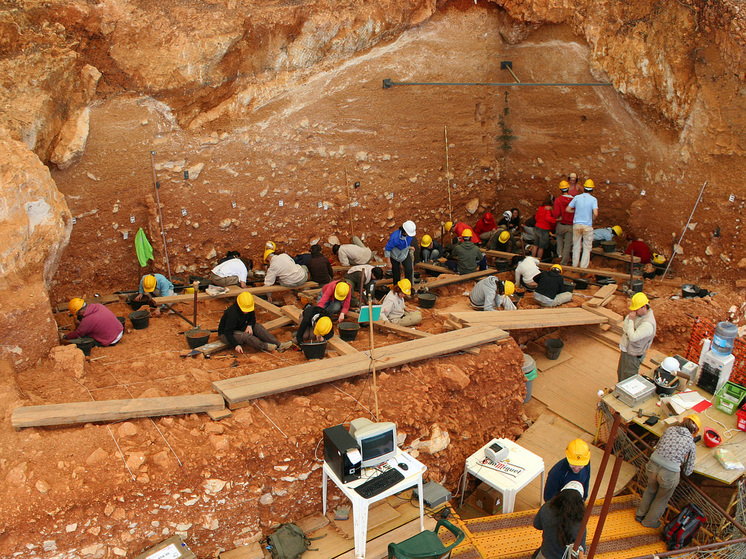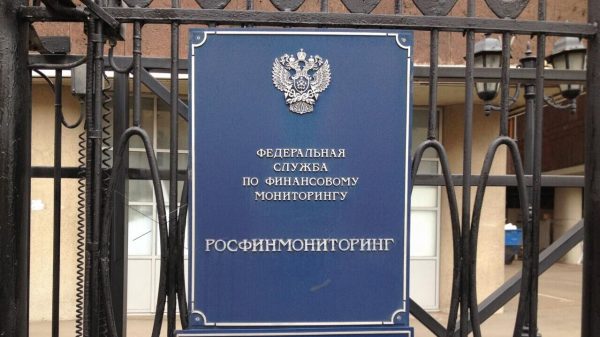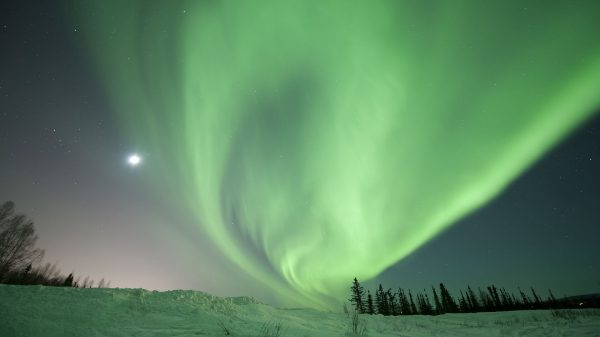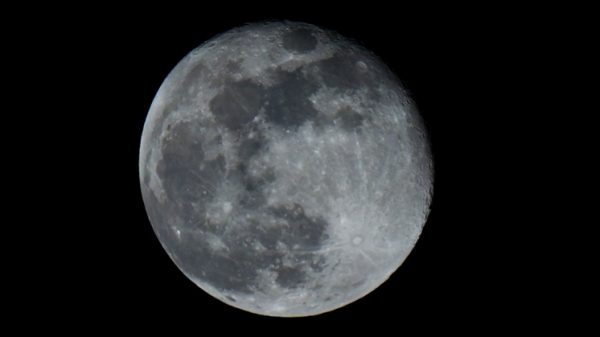“These finds are exceptional.”
Archaeologists have discovered evidence of a lost civilization that once lived in South America at least 4,000 years ago. Scientists have discovered ancient paintings on a flat mountaintop in Venezuela that depict colorful patterns of dots, leaves and stick figures that may have been part of a mysterious ritual.

Lead researcher Jose Miguel Perez-Gomez told DailyMail.com that previous research had found no signs of human activity in the region, suggesting the artwork was created by a previously unknown civilization.
Differences between the newly discovered group and other cultures is based solely «on stylistic comparisons with other places in the region», suggesting that this may be «the starting point for the emergence of this culture.»
The cave paintings were discovered in the Canaima National Park in Bolivar state, which covers more than 11,500 square miles, writes the Daily Mail.
“What we are seeing is a new culture of hunter-gatherers who probably , arrived in the Canaima National Park area at the end of the Pleistocene, “which existed from 2.5 million to 11,700 years ago,” Perez-Gomez said. “They settled there, evolved, and then spread throughout the region, even reaching the Amazon basin.”
Some of the designs, such as those that appear to depict a leaf, are located in difficult-to-reach areas and «are set on a clear, oval-shaped rock expanse that may have inspired the artist to create this particular design,» the study says. published in the journal Rock Art Research.
Hunter-gatherers used red ocher—a natural oxide pigment derived from ground clay, quartz, and chalk—that had a slight orange tint.
Other motifs resembled collarbones, an image or symbol in the shape of a club, with faded figures underneath and around them, which could be a sign of a successful hunt.
According to the study, more research is needed to understand the meaning of the designs and whether what they represent.
“The stylistic comparisons made so far show similarities with cave paintings near the Brazilian border that date back to around 4000 BC,” Perez-Gomez continued, adding: “However, the recently discovered cave paintings are much cruder, suggesting that they may be even older.»
Although some of the paintings showed signs of organic disturbances, such as lichens, algae, roots or wasp nests, archaeologists noted that the overhanging part of the mountain preserved the panels.
< p>“These findings are exceptional because they are new to science and fill a gap in a region that has never been explored archaeologically before,” states Perez-Gomez. “They also provide context for other regional studies in Northern Brazil, Guiana and even southern Colombia.»
Perez-Gómez said the images could be related to birth, disease, nature or hunting, but location «probably had meaning in the landscape, just as churches have meaning for people today'.
The location of the mountain hinted at the type of people who may have created the paintings, because it is located between the Arahuac and Aparuren rivers, which flow in opposite directions.
The second river is connected to the Tiritsa River, which flows into the Caroni River, making the mountain «the center of a natural passage in this valley for game migration,» the study said.
Perez-Gomez noted that on a stone wall dating back to In 1947, faded graffiti was also discovered that appears to have belonged to the Spanish explorer Captain Felix Cardona Puig, who discovered the area.
Pottery fragments and stone tools were also scattered in the area, suggesting they may have been used by the hunter-gatherers who created the art.
«All of this evidence points to what we are dealing with with a new culture,» Perez-Gomez told DailyMail.com. He and his co-author have called for protection of the site and are optimistic that they will discover even more rock art in the park, which covers 11,583 square miles.
“The park itself is larger than countries like these.” like El Salvador or Belgium, so it would not be surprising to find even more traces if research continues in more depth, depending on resources,» Perez-Gomez told Axios.
Scientists are working with researchers from neighboring countries, to determine whether the rock art was created by the same cultural groups.
«This is not only relevant to Venezuela, but also indicates a cultural and ethnic richness that will enhance our understanding of this region around the world.» , — said Perez-Gomez.


























































Свежие комментарии